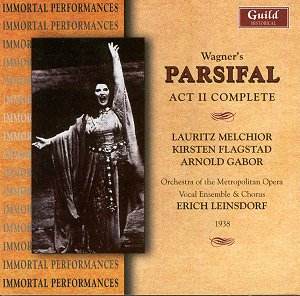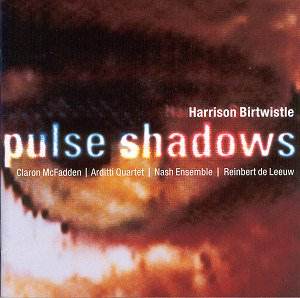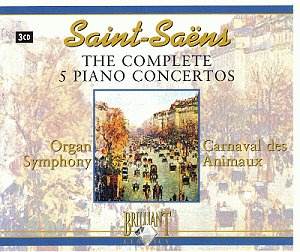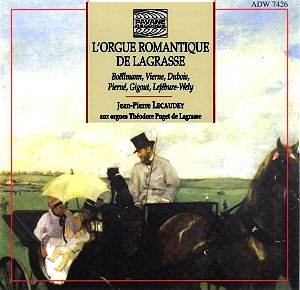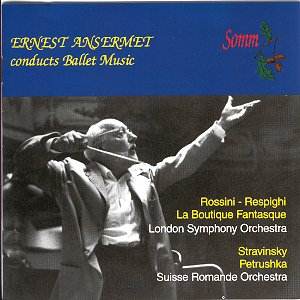 Composer: Igor Stravinsky
Composer: Igor Stravinsky
Works: Petrushka (1911), La Boutique Fantasque (arr. Respighi)
Performers: Suisse Romande Orchestra, London Symphony Orchestra; Ernest Ansermet, conductor
Recording: Victoria Hall, Geneva, November 1949 (Stravinsky), Kingsway Hall, July 1950 (Rossini-Respighi)
Label: DECCA
Igor Stravinsky’s “Petrushka,” a cornerstone of early 20th-century ballet music, remains a vibrant testament to his innovative orchestration and rhythmic complexity. Composed for Diaghilev’s Ballets Russes, it captures the emotional turmoil of the titular puppets against the backdrop of a Russian fair. Meanwhile, the arrangement of Rossini’s “La Boutique Fantasque” by Respighi showcases a different aspect of orchestral color and charm, blending neoclassical elements with the lively spirit of Italian opera. The present recordings, led by Ernest Ansermet, a conductor of notable esteem in Stravinsky’s oeuvre, offer a rich historical perspective on these works, enshrined in the annals of recorded sound history.
Ansermet’s interpretation of “Petrushka” is steeped in the composer’s own stylistic nuances, reflecting a profound understanding of the score developed through his initial collaboration with Diaghilev. The Suisse Romande Orchestra delivers a performance characterized by remarkable clarity and balance, hallmarks of Ansermet’s conducting. The rhythmic sophistication of “The Shrovetide Fair” emerges vividly, accentuated by the precision of the orchestra, which navigates the complex polyrhythmic structures with ease. Notably, the interplay between the piano and trumpet in “Petrushka’s Room” stands out, demonstrating Ansermet’s ability to highlight the intricate dialogues within the score. This balance is not merely a product of the engineering; Ansermet’s deft control and insight into orchestral layering yield a reading of startling conviction.
The recording’s sound quality, a product of Decca’s pioneering techniques in the late 1940s, enhances the listening experience. The absence of distracting surface noise allows for a remarkable internal clarity, enabling listeners to appreciate the warmth of the orchestral timbres. The dynamics are finely calibrated, with the strings shimmering in the “Can Can” while the brass sections assert a punchy brilliance. Ansermet’s mastery is especially evident in the nuanced phrasing of the “Danse lente,” where the interplay of dynamics and character is executed with a sly wit that adds depth to the performance.
Turning to the Respighi arrangement, Ansermet’s intimate familiarity with the score is apparent. The London Symphony Orchestra, in their 1950 recording, exhibits an infectious buoyancy throughout, particularly in the “Introduction and Tarantella.” Ansermet’s rhythmic malleability shines here, allowing the naturalness of the tambourine and the vivacity of the woodwinds to come to the fore. The orchestral pauses are judged with such precision that they heighten the dramatic impact of the music. The strings exhibit a scintillating quality, particularly in the “Mazurka and Scene,” where their delicate interplay with the bassoon creates moments of exquisite beauty.
These recordings serve not only as historical artifacts but as benchmarks for interpreting Stravinsky and Respighi. For those who may have missed the original Decca releases and their subsequent remasterings, this reissue is an invaluable opportunity to engage with performances of intoxicating drama, wit, and depth. Ansermet’s contributions to these works solidify his legacy as one of the most assured interpreters of Stravinsky, offering insights that resonate in contemporary performances while illuminating the timelessness of these masterpieces.
